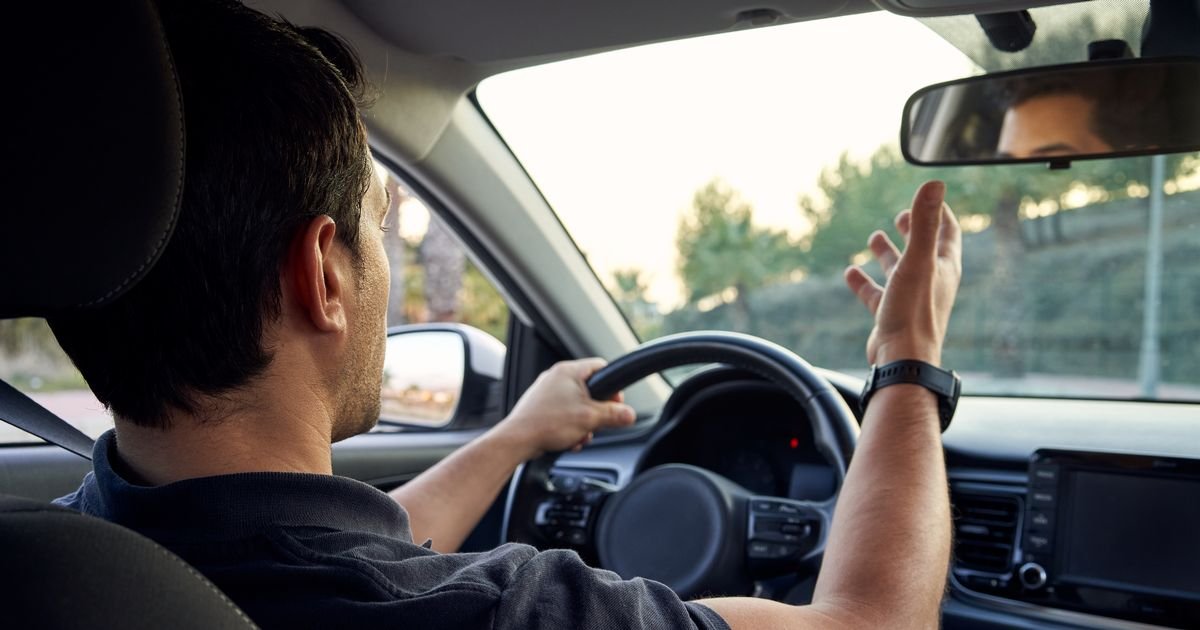It can be hard to read up on all of the local laws when going on holidays, but road experts are urging Brits to learn the meanings behind local road signs to avoid accidents and fines
Before you embark on your European road trip, make sure you’re up to date on the local driving laws. A new survey has revealed four in five British drivers admit they struggle to understand key road signs when driving overseas – which can have serious consequences.
In a research conducted by road experts at Ready Set Supplied, an overwhelming 80 per cent of the 440 Brits surveyed failed to correctly identify standard signage used across France, Germany, Italy, Spain and other EU countries.
Furthermore, the study also found that 87 per cent of Brits do zero preparation before driving abroad – which includes failing to glance at local driving regulations. This means that millions of drivers are using guesswork to interpret restrictions and other unfamiliar signs. It comes after UK drivers were warned over ‘avoiding’ road instead of having to follow new rule.
READ MORE: ‘Fish and chip capital’ that’s perfect for tourists named top place to visitREAD MORE: Golden beach an hour from London starred in famous film but is miles from the sea
These findings come amid concerns that poor sign recognition is contributing to avoidable fines, missed turns and even potentially dangerous driving decisions when abroad.
Meanwhile, problems can also arise from the fact that sat-navs and Google Maps offer turn-by-turn directions, which don’t help drivers interpret symbols on unfamiliar roadside signs. Crucially, some of these can carry legal implications or even indicate unusual rules.
A spokesperson from Ready Set Supplied said: “Most UK drivers wouldn’t dream of driving here without understanding basic road signs. But as soon as they cross the Channel, that caution seems to disappear. The assumption is that it’ll all just make sense when you get there.”
Misunderstanding road signs can have serious consequences. These include fines for illegal parking and causing confusion, which can lead to both legal trouble and road safety issues.
This can also be dangerous when it comes to signs give advance warning of hazards like narrow passes, slippery road conditions or mandatory detours.
READ MORE: Hidden phone charge costing Brits who visit popular holiday destination £300
Experts warn that missing these cues raises the risk of sudden braking, poor positioning and even crashes. This is especially true on unfamiliar terrain.
Ready Set Supplied said: “People don’t realise that the layout and flow of roads abroad are designed with those signs in mind. If you don’t understand the system, you’re not driving safely.”
The survey also highlighted the lack of awareness around quirky local laws that can catch them off guard. For example, in many EU countries things like driving a dirty vehicle or listening to music at petrol stations can result in tickets or fines.
Experts cautioned that while drivers may assume that because they didn’t see a sign on their theory test it’s not important, that mindset won’t work outside of the UK.
To avoid running into trouble abroad, Ready Set Supplied is urging motorists to spend just ten minutes reviewing basic signage rules before hitting the road. They emphasise that a simple refresher on how foreign systems handle rules around lane priority, emergency stop areas and turn restrictions could make a massive difference.
A spokesperson explained: “Driving abroad shouldn’t feel like a guessing game. A little knowledge goes a long way—not just to avoid fines, but to genuinely protect yourself and other road users.”























